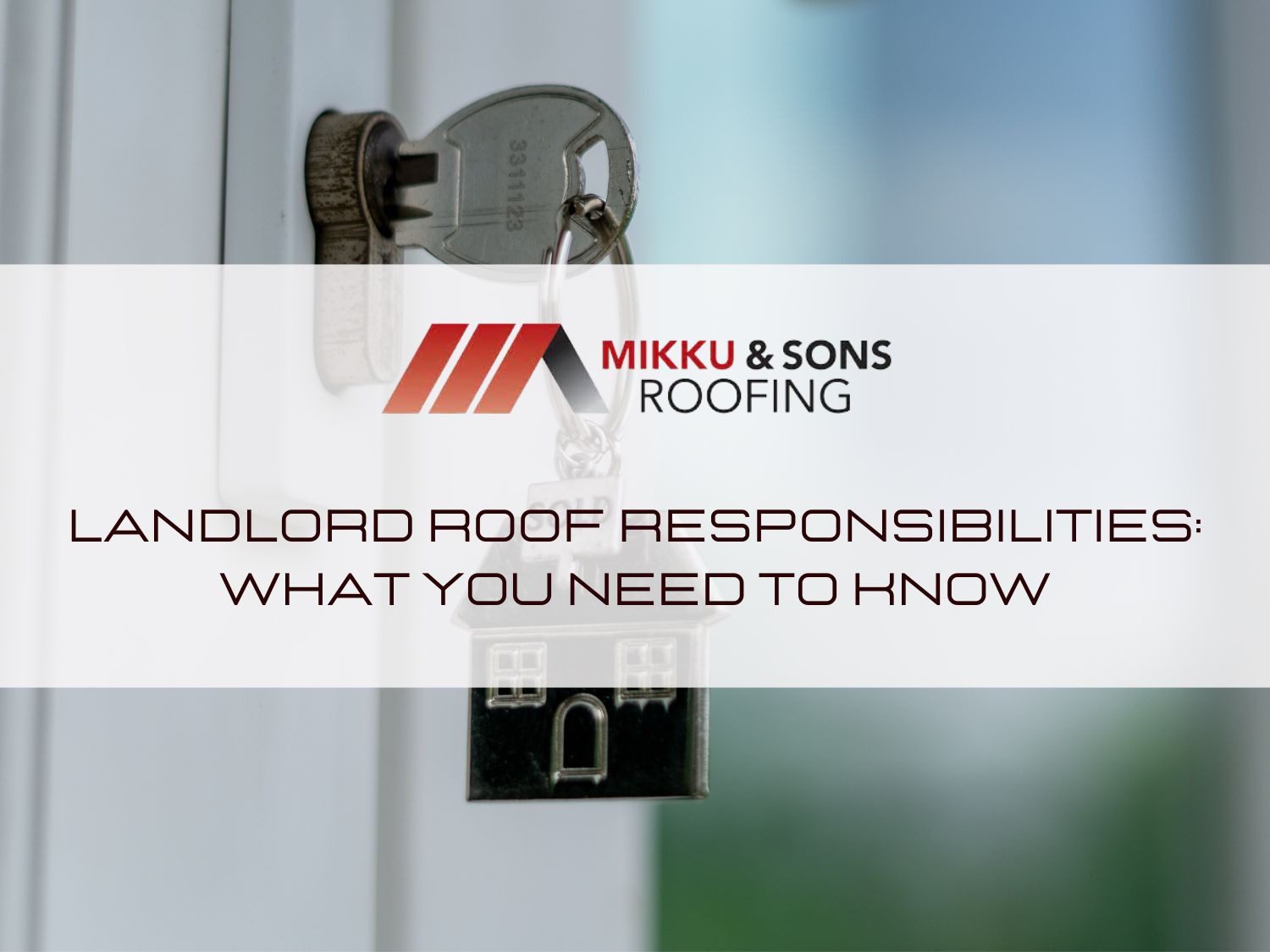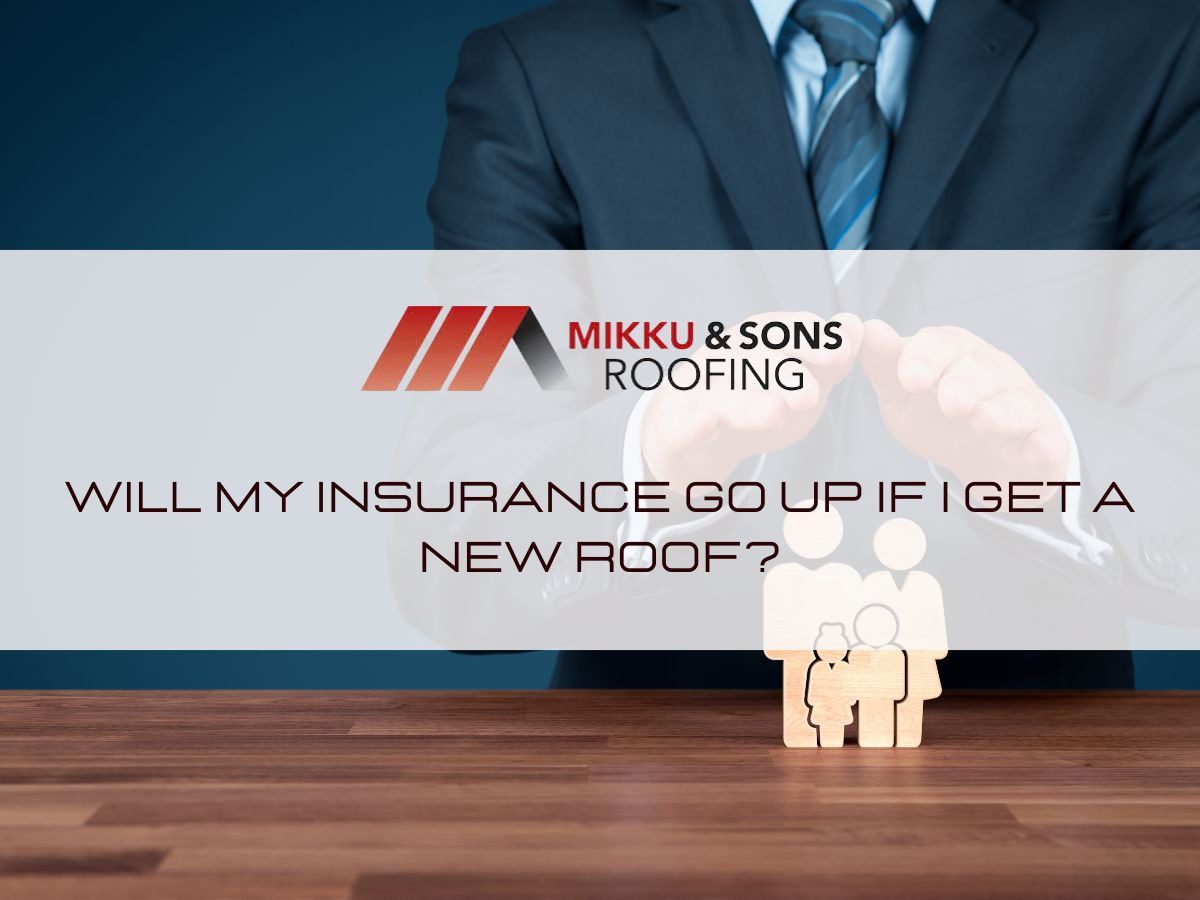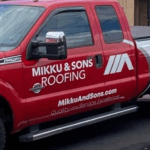

In most situations, installing a new roof won’t cause your insurance to increase, it's more likely to reduce your premium. Insurers view a new roof as a sign of lower risk since it provides stronger protection against leaks, weather damage, and other costly issues. Because your roof is one of the most critical components of your home’s structure, replacing an old or worn one can lead to meaningful savings on your homeowners insurance.
Will my insurance go up if I get a new roof? This article explores why your roof plays such a key role in insurance pricing and outlines when a roof replacement can lead to lower rates. It also covers the main factors that influence potential discounts, strategies to maximize your insurance savings, and typical savings homeowners can expect after investing in a new roof.
Your roof is a critical part of your home from an insurance perspective, serving as the first line of defense against weather, water damage, and structural issues. A well-maintained or new roof lowers the risk of costly claims from leaks, mold, or storm damage, making your home less risky to insure and often resulting in lower premiums.
In contrast, an aging or damaged roof increases the likelihood of claims, which can raise premiums or make coverage harder to obtain. Insurers carefully evaluate your roof’s age, material, and condition, and a strong, well-built roof signals better protection,benefiting both your home and your wallet.
Replacing your roof can do more than improve your home’s appearance, it can also lower your homeowners insurance premiums. Insurers view a new roof as a sign of reduced risk, which can translate into meaningful savings. Here’s a closer look at how a new roof can help reduce your insurance costs:
A new roof lowers the chance of leaks, water damage, and storm-related problems. With fewer risks, insurers often reduce your premium, and it also protects ceilings, walls, and electrical systems from damage.
Impact-resistant, fire-resistant, or energy-efficient roofing materials can earn extra discounts. Premium options like metal, slate, or Class 4 shingles last longer and require less maintenance, especially in extreme weather areas.
Roofs built to modern codes improve structural integrity and reduce the likelihood of storm damage. Meeting current standards may also lower liability and insurance risk during severe weather events.
A new roof needs less upkeep and has fewer hidden problems that could lead to claims. This lowers long-term liability, making your home safer and more attractive to insurers.
Some insurers offer extra savings for energy-efficient, reflective, or fire-resistant features. Combining multiple upgrades can maximize the total discount on your premium.
A new roof strengthens your home against wind, hail, and storms, reducing the likelihood of claims. It may also qualify you for additional storm or disaster-specific insurance incentives in high-risk areas.
A new roof does more than enhance your home’s appearance, it reduces risk, increases durability, and often results in lower homeowners insurance premiums. By choosing durable materials, ensuring professional installation, and meeting code requirements, you can maximize both your home’s protection and potential insurance savings over time.
While most homeowners see savings after installing a new roof, there are cases where your insurance premium might stay the same or even increase slightly. These situations usually involve changes in your home’s overall value, coverage limits, or external factors that affect insurance pricing.
If your new roof uses premium materials like slate or metal, it can raise your home’s replacement cost. Since insurance must cover the full cost of rebuilding, a higher property value can lead to a higher premium.
Failing to report your new roof to your insurance company can prevent you from receiving potential discounts. Worse, inaccurate information about your roof’s age or materials could affect your coverage later.
Sometimes, when you update your policy after a roof replacement, your insurer re-evaluates other risks such as inflation, regional weather trends, or local claim rates. These external factors might offset any savings from your new roof.
In summary, while a new roof usually lowers insurance costs, other factors like home value adjustments, communication with your insurer, and broader market changes can influence whether your premium goes up or down.
Several key factors influence how much of a discount you’ll receive on your homeowners insurance after installing a new roof. Insurers evaluate not just the fact that you replaced your roof, but also the materials used, your home’s location, and the overall risk profile of your property. Understanding these factors can help you make choices that maximize your savings.
Different roofing materials offer varying levels of durability, fire resistance, and impact protection. Insurers often provide bigger discounts for materials that last longer and better withstand extreme weather.
| Roofing Material | Average Lifespan | Potential Discount Range | Notes |
| Asphalt Shingles | 15–30 years | 5–10% | Standard option; discounts depend on quality |
| Metal Roof | 40–70 years | 10–20% | Fire-resistant and energy-efficient |
| Impact-Resistant Roof | 30–50 years | 15–35% | Ideal for hail or storm-prone areas |
| Tile or Slate | 50+ years | 5–15% | Long lifespan but higher replacement cost |
The newer your roof, the lower your risk of leaks or storm damage. Most insurers offer the best discounts for roofs less than five years old, with benefits decreasing as the roof ages.
Some roof designs, such as hip roofs, perform better in high winds than gable roofs, making them less susceptible to wind damage. Insurers may factor this into premium calculations, especially in hurricane-prone regions.
Your home’s location plays a major role in determining insurance discounts. Areas prone to hurricanes, hail, or wildfires may see larger incentives for weather-resistant roofs.
| Region | Primary Risk | Discount Focus |
| Coastal Areas | Hurricanes & Wind | Wind-resistant materials |
| Midwest | Hailstorms | Impact-resistant shingles |
| West | Wildfires | Fire-resistant materials |
| South & Southwest | Heat & UV Damage | Reflective or cool roofs |
Insurers are more likely to offer discounts if your roof is installed by a licensed, certified contractor and meets local building codes. Proper installation ensures durability and reduces future claim risks.
In conclusion, the size of your insurance discount depends on a mix of factors from the type and age of your roof to your location and installation quality. To maximize savings, choose materials suited to your region’s climate, hire qualified professionals, and keep your insurer informed about your upgrade. A little planning can translate into long-term protection and lower insurance costs.
Maximizing your insurance savings after installing a new roof involves careful planning, proper installation, and proactive communication with your insurer. By taking the right steps, you can ensure you qualify for all available discounts and get the most value from your investment.
Keep detailed records, including receipts, warranties, and material specifications. Providing proof of your roof replacement helps your insurer verify the upgrade and apply any eligible discounts.
Always use licensed, certified professionals for installation. Insurers often require professional installation to qualify for discounts and to ensure the roof meets building codes.
Contact your insurance company to inquire about “new roof” or material-specific discounts. Being proactive ensures you don’t miss out on potential savings.
If your current insurer offers limited savings, get quotes from other providers. Comparing rates can help you find the best deal for your upgraded home.
Some insurers may require a quick inspection of the new roof before applying discounts. This ensures eligibility and can speed up the approval process.
In conclusion, keeping thorough records, using certified contractors, and actively communicating with your insurer are key to maximizing savings. These steps not only help lower your premiums but also protect your home more effectively.
The amount you can save on homeowners insurance after installing a new roof varies depending on factors such as materials, roof age, location, and insurer policies. While savings differ from home to home, understanding typical ranges can help you set realistic expectations.
| Roof Type | Typical Discount Range | Notes |
| Asphalt Shingles | 5–10% | Standard option; discounts depend on quality and age |
| Metal Roof | 10–20% | Durable, fire- and wind-resistant |
| Impact-Resistant Roof | 15–35% | Ideal for hail- or storm-prone areas |
| Tile or Slate | 5–15% | Long lifespan, but higher replacement cost |
On average, most homeowners can expect to save 5–20% on their premiums after installing a new roof, with greater savings possible for impact-resistant or high-end materials. While the exact discount depends on your roof and location, investing in a quality replacement not only protects your home but can also lead to meaningful long-term insurance savings.
Installing a new roof is a smart way to protect your home and often lower your homeowners insurance premiums. It reduces the risk of leaks, storm damage, and other costly issues, with insurers typically offering discounts for these improvements. Factors like materials, roof age, design, location, and professional installation all affect potential savings.
By documenting the work, hiring certified contractors, and taking advantage of available discounts, you can maximize the financial benefits. A new roof not only enhances your home’s protection and appearance but can also provide long-term insurance savings, making it a worthwhile investment.
